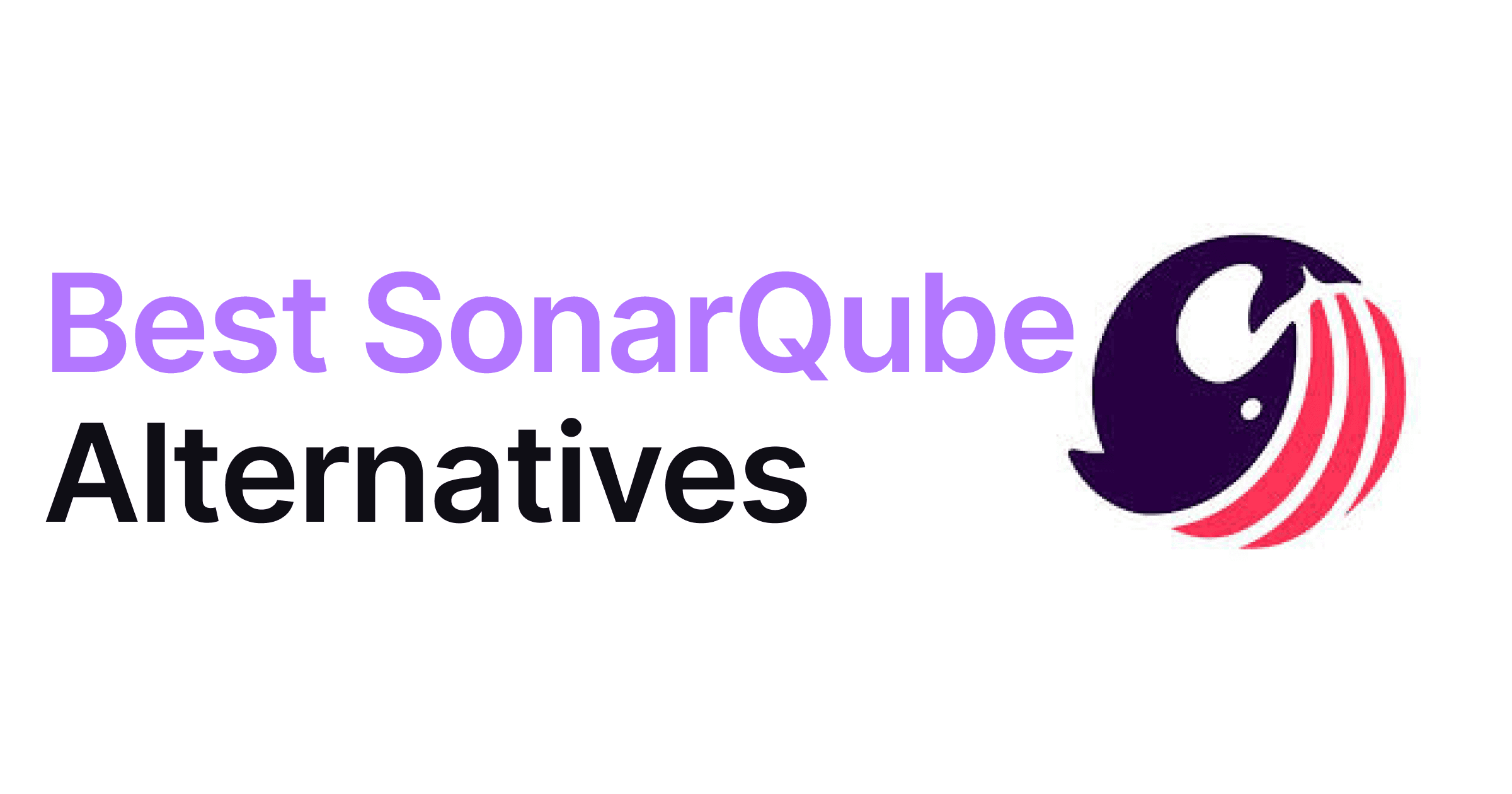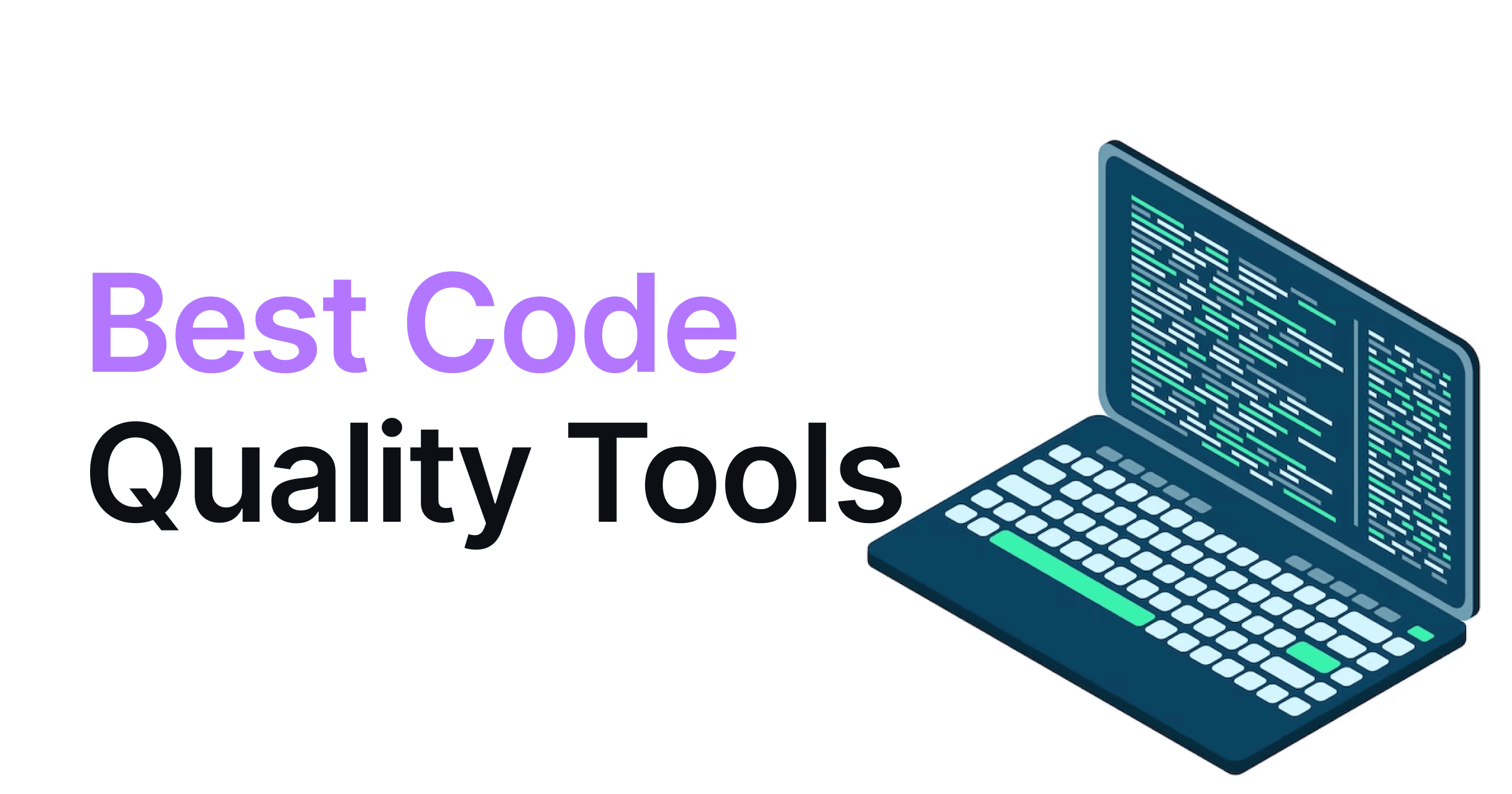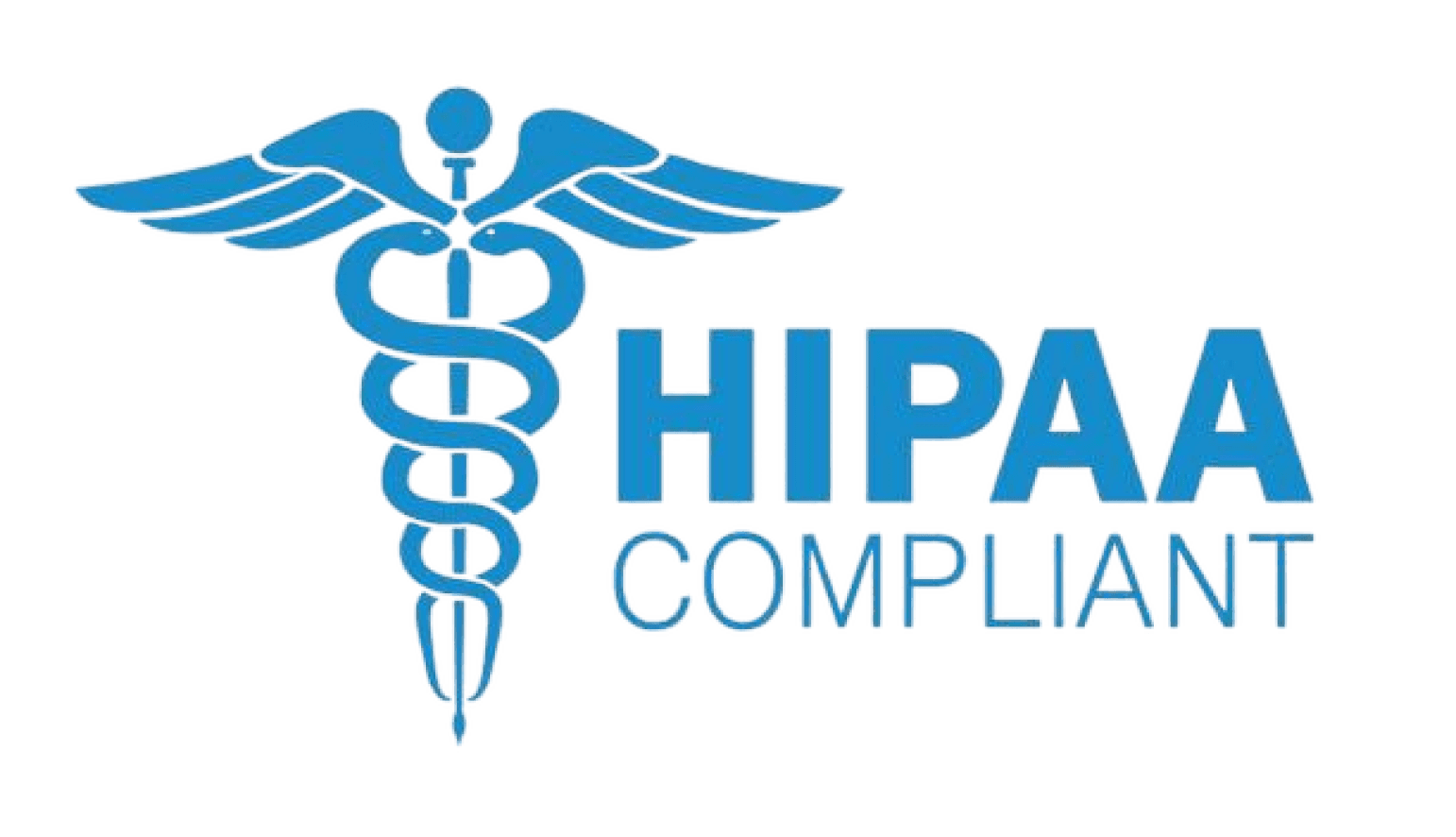Zero Trust Architecture
Code Security
Amartya Jha
• 22 January 2025
Picture a realm where your organization's networks operate under a steadfast condition: they do not trust any request without thorough validation. This transformative cybersecurity shift is known as Zero Trust Architecture. It challenges the once-standard belief that secure perimeters alone can keep threats at bay. In a landscape where cyber threats are ever-evolving, it's become imperative for organizations to adopt a security framework like Zero Trust. This article offers a roadmap on effectively implementing this model and breaks down its essential components.
Implement Zero Trust Architecture
Adopting Zero Trust Architecture (ZTA) changes the game in how an organization approaches security. Unlike traditional models that rely on defined perimeters, the Zero Trust model requires verification of every request, treating all network activity as if it could be malicious.
Understand the Zero Trust Principles
Here are the core principles guiding Zero Trust, crucial for managing access and permissions effectively:
Continuous Verification: Always verify access requests from users, devices, and applications, irrespective of whether they originate from within or outside the organization. This principle establishes that organizations should "never trust, always verify," ensuring real-time checks align with current security standards.
Least-Privilege Access: Limit access strictly to what users need for their specific roles. By minimizing permissions, potential attack surfaces are reduced, protecting against unauthorized access or insider threats.
Micro-Segmentation: Break down your network into smaller parts to enforce strict access controls. This segmentation curbs an attacker's ability to move laterally within the network, reducing potential breach impact.
Assume Breach Mentality: Operate under the assumption that a breach is inevitable. This proactive approach ensures that controls are in place to detect and contain threats swiftly.
For a deeper dive into Zero Trust principles, explore Crowdstrike's Zero Trust Security Guide.
Tools and Technologies Supporting Zero Trust
Implementing a Zero Trust Security Model involves leveraging a range of tools to support its principles:
Zero Trust Network Access (ZTNA): This tool ensures rigorous user authentication before access is granted, restricting users to only the applications they need.
Identity and Access Management (IAM): Plays a critical role with features like multi-factor authentication (MFA) and single sign-on (SSO), ensuring dynamic access controls.
Microsegmentation Tools: Utilize these tools to enforce role-based access, preventing unauthorized information access within the network perimeter.
Continuous Monitoring and Threat Detection: Real-time threat analysis tools that allow IT teams to quickly detect, investigate, and respond to potential security breaches.
Endpoint Security Solutions: These ensure devices are free from vulnerabilities before joining the network.
For more on zero trust technologies, refer to Forcepoint's Guide to Zero Trust Security Tools.
Integrating these technologies strategically helps organizations protect their assets far beyond the traditional network confines.
Strengthen Identity and Access Management (IAM)
In the era of cloud computing, enhancing Identity and Access Management (IAM) is indispensable. IAM controls who gets what access within your systems, maintaining security and optimizing efficiency. Here's how to effectively bolster IAM, focusing on authentication and reviewing access regularly.
Enhanced Authentication Methods
Robust IAM systems are built on advanced authentication methods, moving beyond passwords which can be easily breached.
Multi-Factor Authentication (MFA):
MFA demands additional verification layers, such as something the user knows (password), something they have (smartphone), or something they are (fingerprint).
As per AWS guidance, MFA drastically curtails account compromise risks by requiring multifaceted validation.
Adaptive Authentication:
Also termed risk-based authentication, this method varies authentication processes based on the perceived risk of a login attempt, requiring extra verification for irregular access patterns.
This balances security with convenience, easing access under normal conditions.
Biometric Authentication:
Utilizing biometric data enhances security since fingerprints and retinal scans are unique and not easily forged.
Modern IAM platforms often integrate with device biometrics, improving security and user accessibility without the need for password recall.
Regular Review of Access Rights
Routine audits of access rights are vital to ensure security within your system. Unchecked access can result in unauthorized entry or privilege escalation.
Regular Audits:
Ensure access rights suit each user's role and responsibilities, automatically analyzing policies for security risks with tools like IAM Access Analyzer, as recommended by AWS.
User Access Reviews:
Evaluate user permissions to ensure adherence to job functions, precluding excessive access. Microsoft Entra provides a framework for conducting thorough reviews.
Revoking Unneeded Permissions:
Remove obsolete permissions, employing automated tools to identify last use instances and streamlining this sweep following Drata's best practice checklist.
Adhering to these practices strengthens IAM, reducing vulnerabilities while supporting operational efficiency.
Data Encryption Must Be Mandatory
As more data moves to the cloud, securing it becomes paramount. Data encryption serves as a critical defense mechanism, keeping sensitive information confidential and intact during input, transit, and storage.
Encryption acts as a crucial barrier against potential data breaches, shielding sensitive information from unauthorized access when handled electronically.
Implement Encryption in Transit and at Rest
To secure data comprehensively, encryption protocols must be robust during data transmission and storage stages.
Encryption in Transit
Transmission Protocols: Adopt HTTPS, SSL/TLS, and VPN protocols to ensure secure data transfer across devices and servers, curbing interception risks.
Email Security: Employ secure email gateways and encrypt sensitive messages end-to-end with tools like OpenPGP or S/MIME to prevent eavesdropping.
Application-Level Encryption: Integrate encryption at the application level (e.g., RESTful APIs) to maintain data security during network interactions.
Encryption at Rest
Disk Encryption: Apply full disk encryption on devices storing sensitive data, using solutions like Microsoft BitLocker or Apple's FileVault to protect against unauthorized access.
Database Encryption: Encrypt sensitive data in databases using methods like SQL Server's Transparent Data Encryption (TDE) to secure at-rest data with minimal performance impacts.
Object Storage Encryption: In cloud environments, utilize object storage solutions like AWS S3 or Google Cloud Storage, ensuring they employ robust algorithms such as AES-256 for data at rest.
For comprehensive guidance, explore resources like AWS General Encryption Best Practices and Microsoft's Data Security and Encryption Best Practices.
Manage Encryption Keys Effectively
Maintaining encryption key management integrity is vital for data confidentiality, avoiding breaches due to mishandling.
Core Key Management Practices
Automated Key Management Solutions: Platforms like AWS Key Management Service (KMS) or Azure Key Vault assist in automating key creation, rotation, and deletion, minimizing human error.
Regular Key Rotation: Rotate encryption keys frequently to limit exposure risks. Automation facilitates secret management, improving security.
Access Controls: Implement role-based access controls (RBAC) to restrict encryption key access to authorized users only.
Key Split and Storage: Utilize hardware security modules (HSMs) to divide and store keys securely, preventing single point failures.
For further strategies, refer to Google's Cloud Key Management and PKWARE's Encryption Key Management Best Practices.
Leverage AI and Machine Learning for Threat Detection
The integration of Artificial Intelligence (AI) and Machine Learning (ML) into cybersecurity solutions has revolutionized threat detection and response within digital environments. These technologies analyze vast data sets to detect patterns indicative of potential breaches, enhancing accuracy and efficiency in security efforts.
AI-Driven Security Reporting
AI-driven reporting tools employ sophisticated algorithms to sift through large volumes of data, quickly identifying anomalies and delivering actionable insights.
Real-Time Analysis: AI tools offer instantaneous data analysis, a critical capability for swiftly identifying threats and containing them before they can escalate.
Pattern Recognition: Machine learning models recognize patterns linked to malicious activity, predicting and thwarting breaches preemptively.
Detailed Reporting: These tools don't just identify threats—they produce comprehensive reports that help security teams comprehend threat nature, impacts, and necessary mitigation steps.
An example is CodeAnt.ai, which analyzes real-time reports and analytic data to safeguard cloud infrastructures. Using such technologies allows organizations to take a proactive stance on cybersecurity.
Explore more AI-powered cybersecurity tools through CodeAnt AI's guide.
Automated Threat Response
Automated threat response systems are designed for immediate action upon identifying a threat. They minimize the time from detection to mitigation, curtailing the threat's potential damage significantly.
Immediate Action: When threats are detected, an automated system can isolate compromised network segments, block suspicious IPs, or terminate malware processes immediately.
Incident Containment: These systems help contain threats by quarantining affected systems until control measures are fully implemented.
Reduced Response Time: Automation markedly decreases the interval between incident detection and neutralization, minimizing possible data losses.
For comprehensive insights on automating threat detection and response, check out Atera's implementation strategies on their blog.
Integrating AI and ML in cybersecurity significantly fortifies digital infrastructure, offering more resilient and efficient threat detection and response capabilities, thus safeguarding valuable data effectively.
Conduct Regular Security Audits and Penetration Testing
Regular security audits and penetration tests are foundational to detecting vulnerabilities and protecting systems before attackers can exploit them.
Best Practices in Security Auditing
Security audits are methodical assessments of an organization's information system security. Here are key practices to maximize audit effectiveness:
Follow Structured Frameworks: Utilize frameworks like the NIST Cybersecurity Framework or CIS Controls for organized security assessments.
Develop a Comprehensive Audit Plan: Cover all IT infrastructure elements, from networks to databases, defining clear scope, objectives, and audit criteria.
Regular Scheduling: Schedule regular audits to consistently verify security policies and control effectiveness.
Automate Where Possible: Employ automated tools for collecting and analyzing logs, enhancing accuracy and efficiency.
Utilize External Expertise: Engage experienced professionals, even external auditors, for an objective security assessment.
Implement Post-Audit Improvements: Evaluate audit outcomes to identify needed improvements and follow up with audits to ensure that changes are effective.
Penetration Testing Across Different Layers
Penetration testing simulates cyberattacks to find vulnerabilities across different layers.
Define Critical Assets: Determine which assets hold sensitive data or critical functions and devise tests to cover network, application, and host layers.
Network Layer Testing: Focus on network component vulnerabilities—firewalls, routers, and encryption issues facilitated by protocol vulnerabilities.
Application Layer Testing: Use guidelines like the OWASP Testing Guide to evaluate web apps and APIs for common vulnerabilities (e.g., XSS, SQL injection).
Social Engineering Tests: Simulate social engineering attacks to assess human vulnerabilities, like phishing, to test employee alertness.
Regularly Test and Update: Ensure pen tests adapt to environmental changes or new technology integrations.
Leverage Sophisticated Tools: Use advanced tools emulating adversarial maneuvers to ensure realistic vulnerability assessments.
Following these practices helps significantly lower risk exposure and strengthen defenses against cyber threats.
Use Security Information and Event Management (SIEM) Tools Trends in Cloud Infrastructure Security
SIEM tools are central to robust cybersecurity frameworks. By consolidating network data, these tools enhance threat detection and response efficiency.
Centralized Log Management
Centralized Log Management is key in SIEM, offering a consolidated approach to handling logs from various sources.
Multi-Source Integration: SIEM aggregates logs from all network components, providing a standardized format for simpler analysis.
Enhanced Analysis: Centralizing logs facilitates sophisticated cross-referencing, improving threat detection accuracy.
Regulatory Compliance: SIEM systems aid in maintaining detailed data access records, essential for complying with strict industry regulations.
For more about centralized logging, visit SolarWinds' Centralized Log Management.
Real-Time Alerting and Reporting
SIEM tools' real-time alerting capabilities allow for swift threat identification and report generation.
Prompt Threat Response: Real-time alerts enable immediate organizational responses to potential security incidents.
Customizable Alerts: Configure alerts based on specific threat criteria relevant to your organization's security posture.
Comprehensive Reports: SIEM solutions provide thorough incident reports, aiding in understanding root causes and necessary remediation steps.
Learn more about real-time monitoring and incident response at SecureTrust's Real-Time Monitoring.
Secure API Integrations
APIs connect disparate software applications and systems, playing a vital role in process integrations. Yet, given how they operate over cloud structures, securing them is vital to protect data from unauthorized access.
Encrypt API Communications
Encryption is crucial for securing API data exchanges. Secure all API interactions over protocols like HTTPS to mitigate interception risks.
Use HTTPS Protocol: Employ HTTPS for all communications to shield exchanged data.
Check out IBM's guide on securing APIs using HTTPS.
Implement SSL/TLS: Ensure data protection through SSL/TLS, offering additional layers beyond HTTPS.
Regularly Update Certificates: Keep encryption certificates current for robust security.
Validate Server Certificates: Use trusted Certificate Authorities (CAs) and regularly perform certificate validation for security assurances.
Regularly Test and Monitor APIs
Routine testing and monitoring identify and fix API vulnerabilities preemptively.
Regular Security Assessments: Frequent penetration testing and vulnerability scans expose API weaknesses.
Automated Tools: Leverage testing tools like Postman to keep API endpoints secure consistently.
Monitor Metrics: Use tools like Datadog to observe API performance, spotting suspicious activities.
Audit Logs and Alerts: Integrate audit logs and activate alerts for API requests to detect atypical events swiftly.
Plan for Business Continuity and Disaster Recovery
A solid plan for business continuity and disaster recovery is key to maintaining operations during unforeseen incidents. Here's how to plan effectively:
Cloud-Based Backup Solutions
Leveraging cloud-based backups ensures data security and accessibility during disruptions.
Benefits of Cloud-Based Backup
Cost Efficiency: Cuts down physical storage needs, reducing costs.
Scalability: Adaptable to business growth and market changes.
Accessibility: Facilitates data retrieval from any location during emergencies.
Automatic Updates: Ensures data protection systems remain current and secure.
Leading Cloud Backup Solutions
Choose providers aligning with your specific needs, budget, and security considerations.
Implementing Best Practices
Evaluate Vendors: Consider security, support, and pricing.
Secure Data Transfer: Encrypt all cloud data transfers.
Compliance: Opt for solutions compliant with industry standards.
Regular Testing of Recovery Processes
Regular testing identifies recovery process efficacy and gaps.
Importance of Regular Testing
Reveal Hidden Issues: Uncover vulnerabilities through routine tests.
Update Procedures: Keeps recovery plans in sync with technological advances.
Training Opportunity: Trains employees, enhancing readiness for actual incidents.
Compliance: Meets industry standards by conducting regular tests.
Types of Recovery Tests
Tabletop Exercises: Hypothetical discussions to identify plan gaps.
Simulation Tests: Mimic actual disruptions to assess response.
Full Interruption Tests: Comprehensive offline testing to verify recovery capability.
Best Practices for Testing
Testing Schedule: Regular, planned tests keep processes up-to-date.
Document Results: Maintain records to improve plans based on test insights.
Involve Stakeholders: Ensure broad organizational participation for thorough evaluation.
For guidance on recovery testing, refer to Complete Technology and TechTarget.
Effective business continuity and disaster recovery planning strengthens an organization's resilience against disruptions, safeguarding operations and data.
Educate Employees on Security Awareness
Given that human error poses significant security threats, educating employees about these risks is crucial for prevention.
Regular Security Training Sessions
Ongoing education helps employees recognize and mitigate risks:
Continuous Education: Keep material updated with current threats and defense strategies for an evolving cyber landscape.
CybSafe's insights highlight how understanding behaviors helps secure environments.
Phishing Simulations: Prepare employees to identify phishing attempts with Microsoft's simulated training.
Interactive Modules: Engaging formats boost retention, ensuring training effectiveness.
Expert Resources: Create tailored training programs with Sophos Phish Threat.
Develop a Security-Conscious Culture
Here’s how to cultivate a security-focused workplace:
Promote Incident Reporting: Encourage employees to report issues without fear of repercussions.
Forbes outlines how regular ongoing training fosters vigilance.
Clear Policies: Maintain accessible, up-to-date security policies to guide employees.
Reward Compliance: Recognize employees who follow and promote security initiatives.
Embed Security Culture: Make security a core value reflected in daily activities, job roles, and performance criteria.
Feedback and Updates: Regularly update teams on threat landscapes, informed by resources such as Cofense's platform.
Stay Updated with Compliance and Regulations
Remaining compliant with international standards is crucial for securing cloud infrastructures and maintaining client trust. Continuous alignment with regulations like GDPR or HIPAA is essential for data protection.
Regular Updates on Regulatory Changes
Proactive engagement with regulatory changes is crucial for compliance in cloud operations.
Text Alerts: Subscribe to updates notifying regulation shifts.
Engage Industry Discussions: Participate in forums to anticipate regulatory changes early.
AI-Driven Monitoring: Use automated alerts for timely regulatory updates.
Official Source Reviews: Regularly visit platforms like the European Data Protection Board for authoritative updates.
Being aware of regulatory changes allows preemptive compliance strategy adjustments, mitigating risks of non-compliance issues.
More on compliance in cloud computing can be found in CodeAnt AI' blog.
Conduct Compliance Audits
Regular audits verify adherence to changing regulatory standards.
Audit Cycle: Plan regular reviews based on data sensitivity and regulations.
Use Audit Tools: Leverage tools like AWS Compliance Center for streamlined processes.
Third-Party Audits: Unbiased audits by external specialists provide valuable insights.
Address Compliance Gaps: Swiftly document and remediate non-compliant issues.
Regular audits foster adherence to cloud compliance standards, strengthening system security and reputation.
Continuous compliance via structured audits is integral for reputation and operational integrity, reducing breach risks and related penalties from non-compliance.
Conclusion
Implementing Zero Trust Architecture involves understanding foundational principles, utilizing supportive tools and technology, and ensuring seamless integration into existing workflows. Reinforcing Identity and Access Management ensures access is limited to authorized personnel, while enforcing data encryption upholds integrity in transit and at rest. AI and machine learning enhancements can improve threat detection, with regular security audits and penetration tests uncovering vulnerabilities. SIEM tools enhance central log management and API integrations enhance security. Cloud-based backup solutions ensure business continuity and disaster recovery effectiveness. Regular employee training and compliance maintenance are crucial for robust cybersecurity.
To elevate your company's cybersecurity strategy, explore how AI can optimize your efforts at CodeAnt AI. Their platform automatically identifies and resolves code quality and security issues, integrating seamlessly into your development ecosystem.




